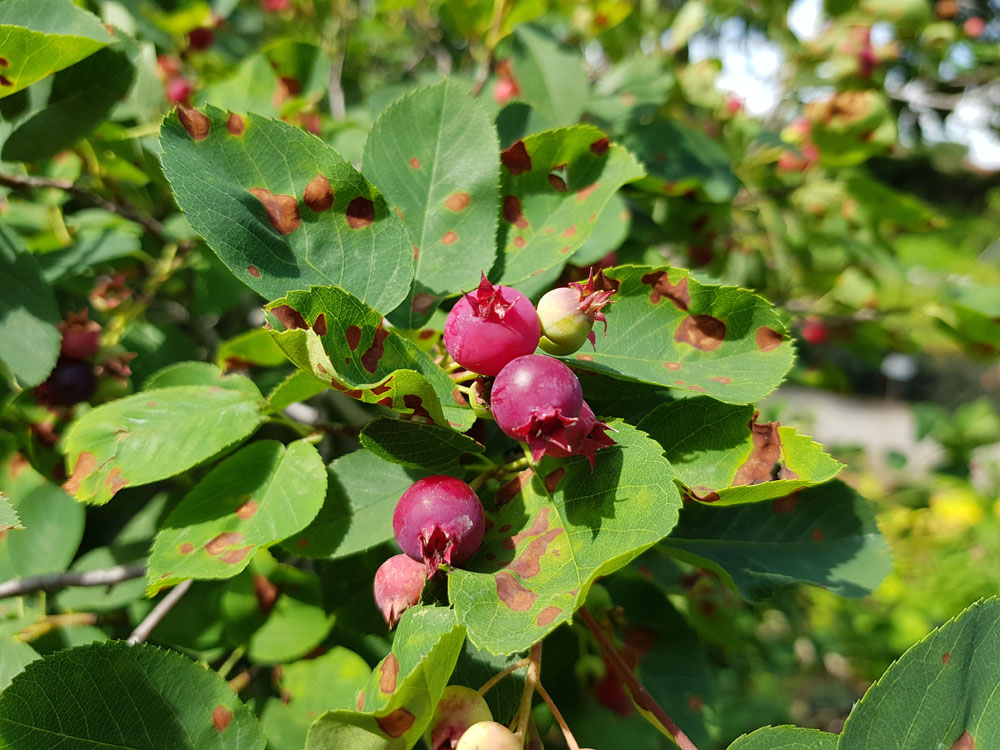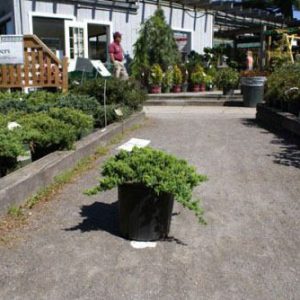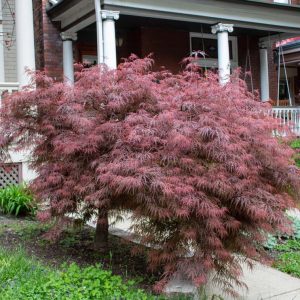Description
Amelanchier – Seviceberry – Shadbush – Juneberry – Snowy Mespilus
There are about 30 species from moist woodland and stream banks in Europe, Asia, and North America are deciduous single or multi stem upright shrubs and small trees growing 20-30 feet tall, in this genus. There prized for their clouds of short displays of white sprays, of 5 petaled ½-3/4” across, star shaped flowers that bloom from early spring to mid spring. Flowers appear along with the simple oval leaves that have a downy underside. Leaves have finely toothed edges, which open silver or bronze and develop brilliant autumn color. They also bear spherical or pear shaped green, or maroon, or purple fruit ripening to purple or brown or black, which are edible and attracts birds.
Some species do well in acidic boggy ground or by the side of a pond. Most prefer moist shelter sites under other trees but with ample light.
This species is prone fire blight, and variety of fungal leaf spots, Gymnosporangium rust, powdery mildew, dieback, and cankers caused by many different fungi occur.
Amelanchier bartramiana – This spreading shrub seldom reaches 6’ feet tall and derives from Eastern Canada and Northeastern America. It naturally occurs in bleak mountain bogs and swamps. The leaves are relatively small to the species, which have a slightly downy covering. White flowers are borne singly or very few in a group. Flowers are followed by purple-black fruits are about ½” in diameter and somewhat elongated.
Zones 5-8





